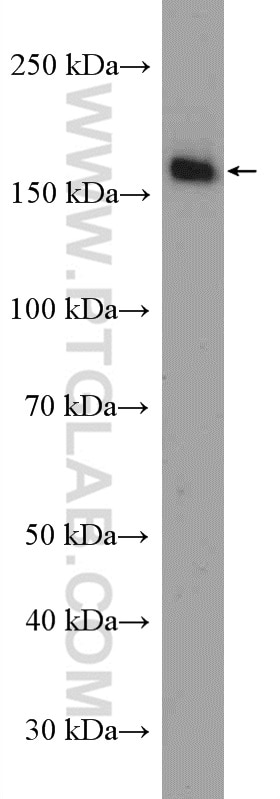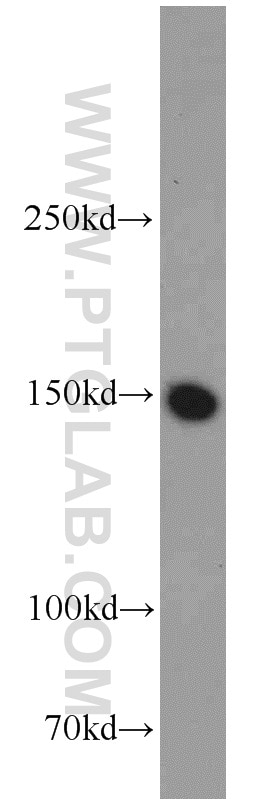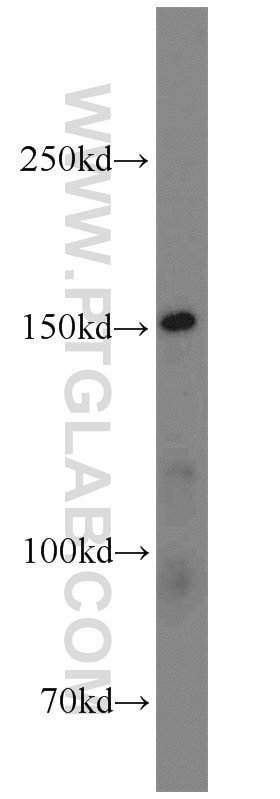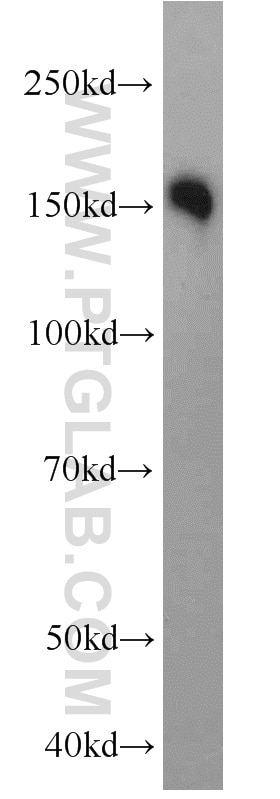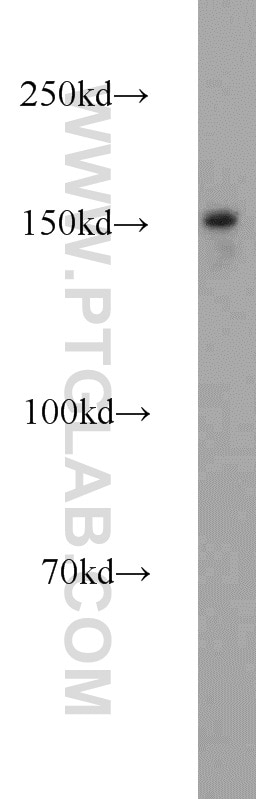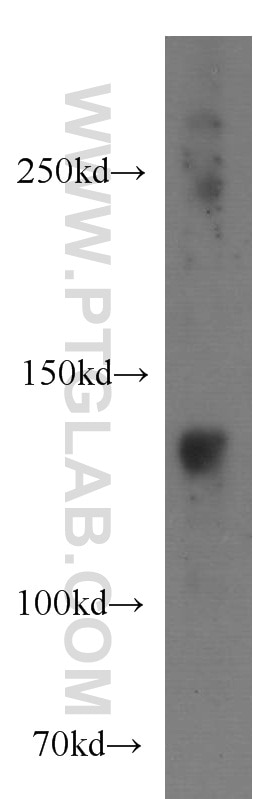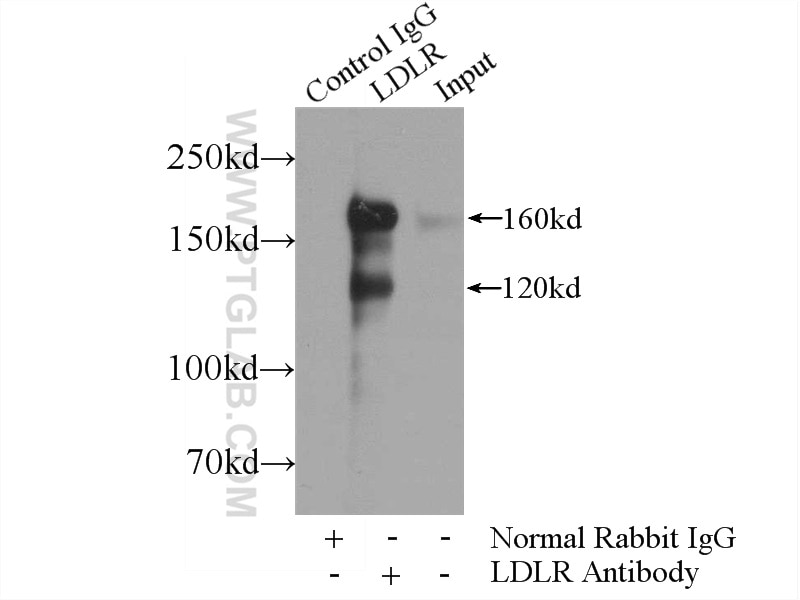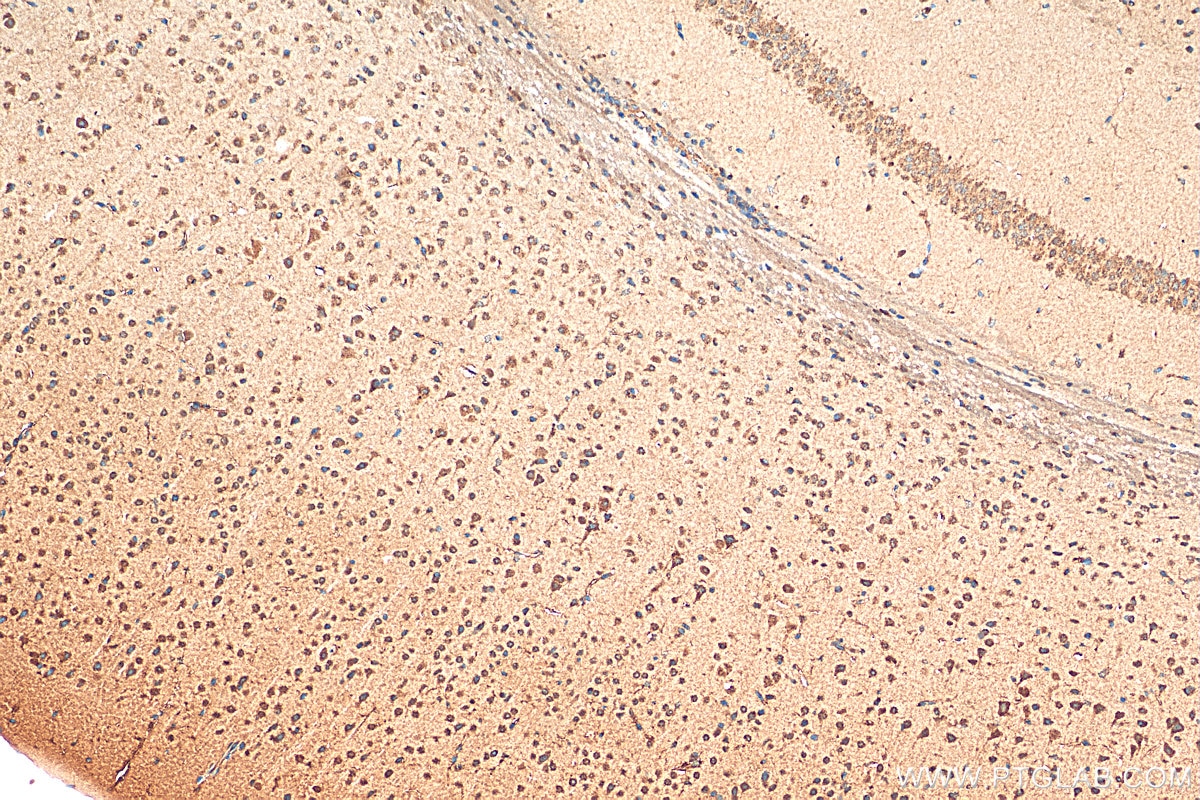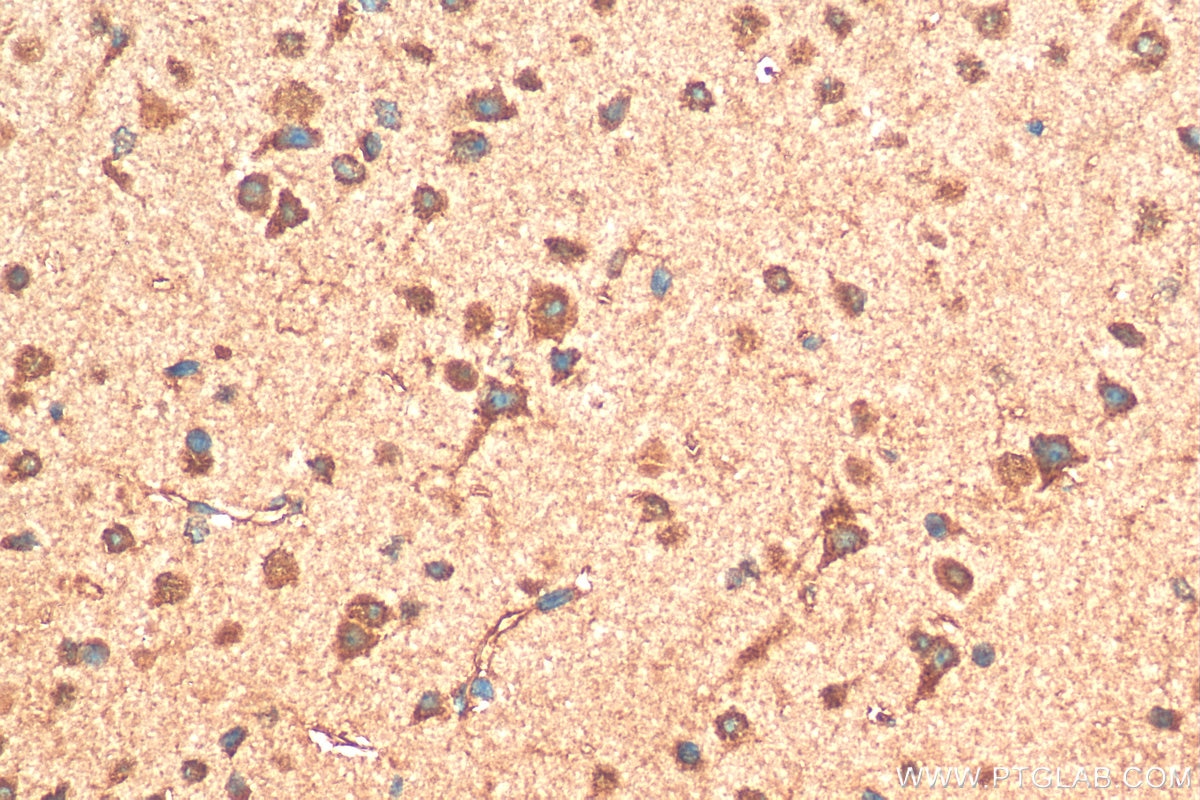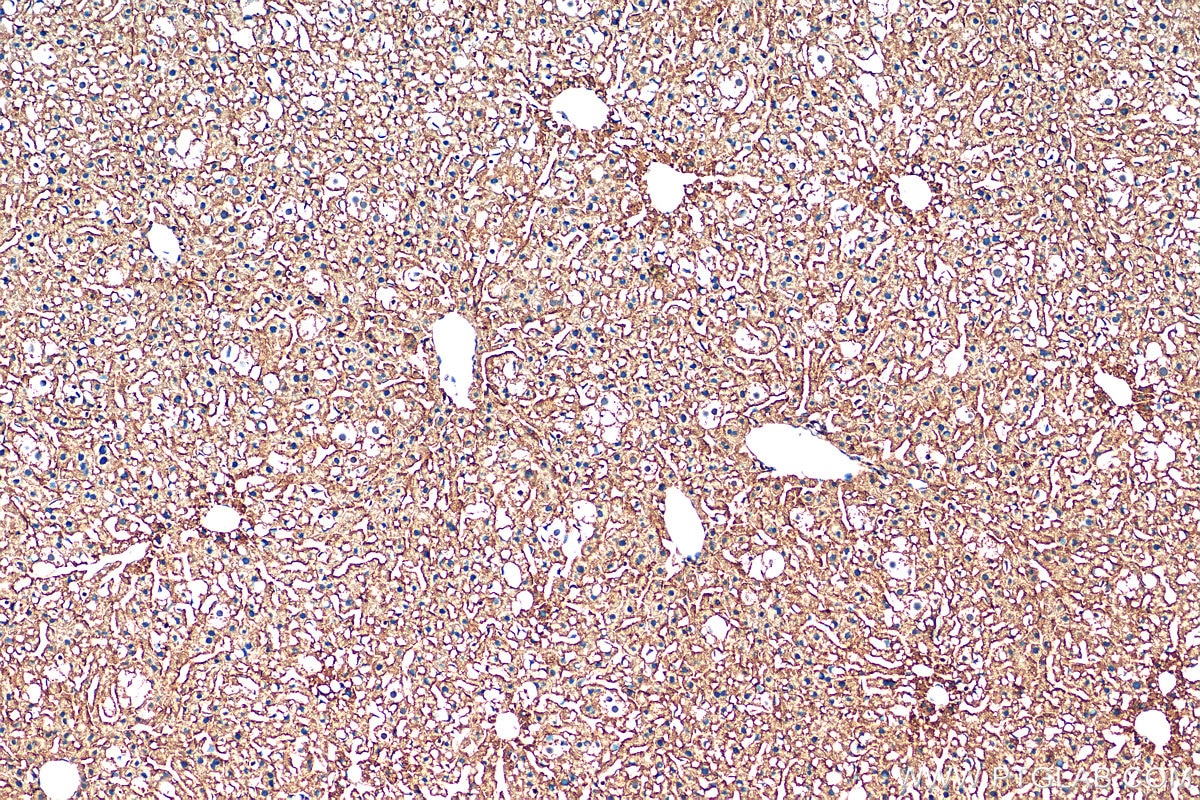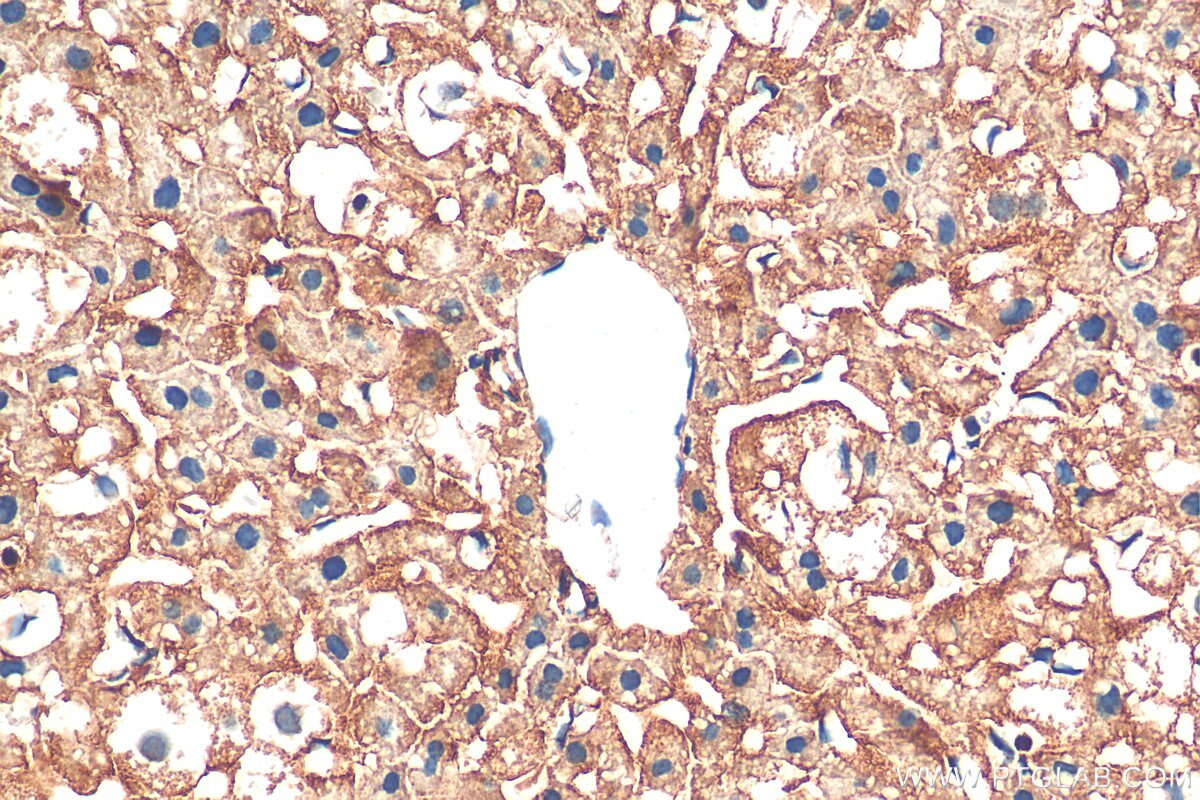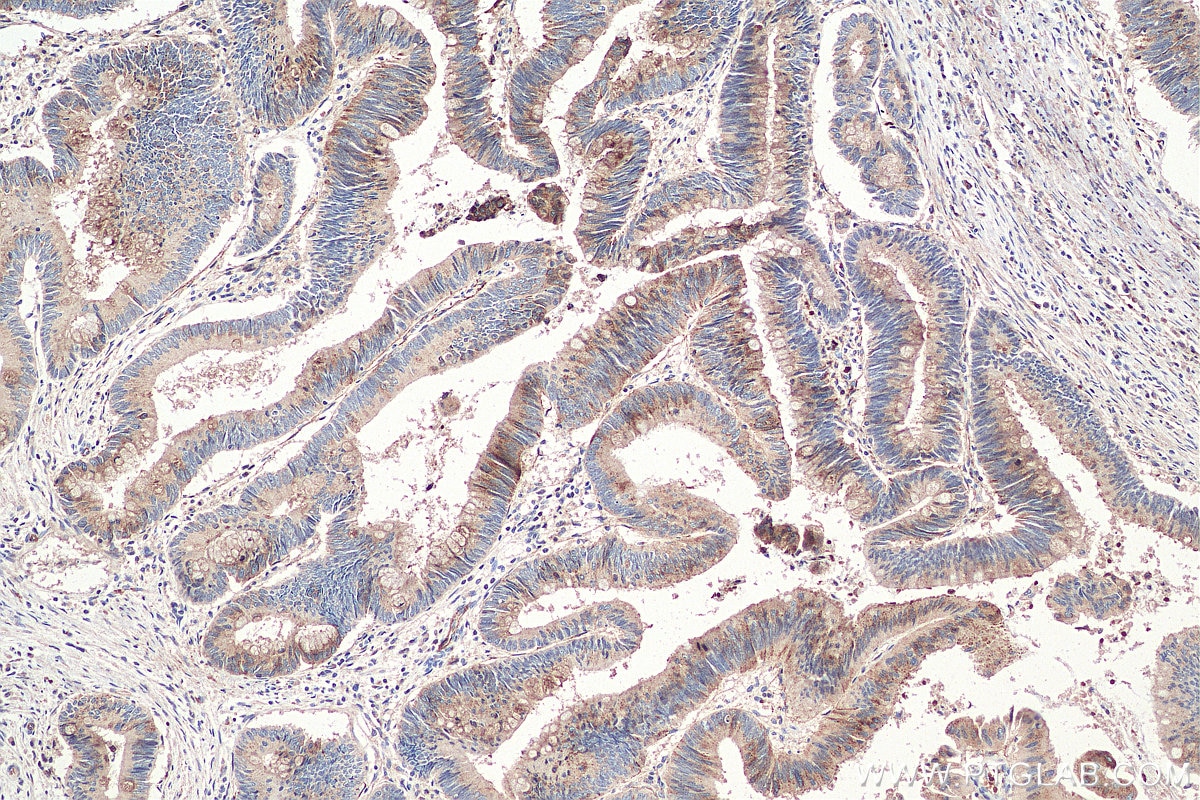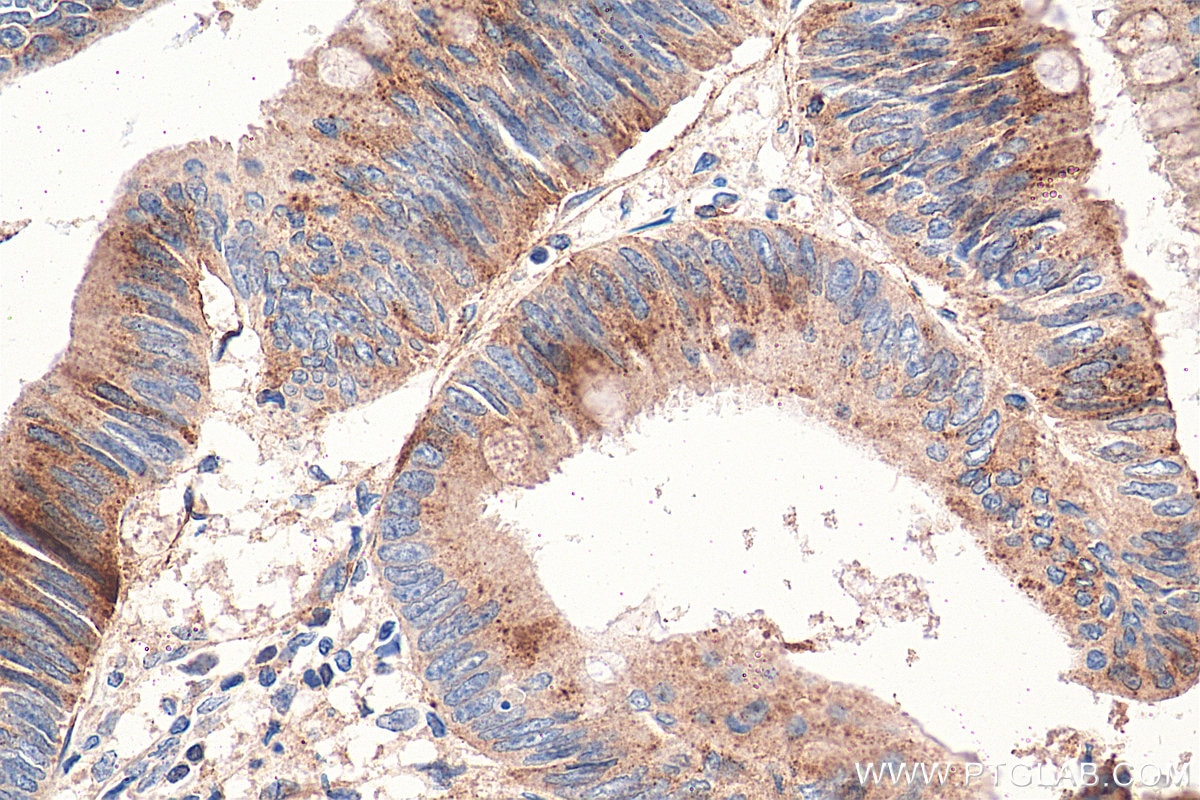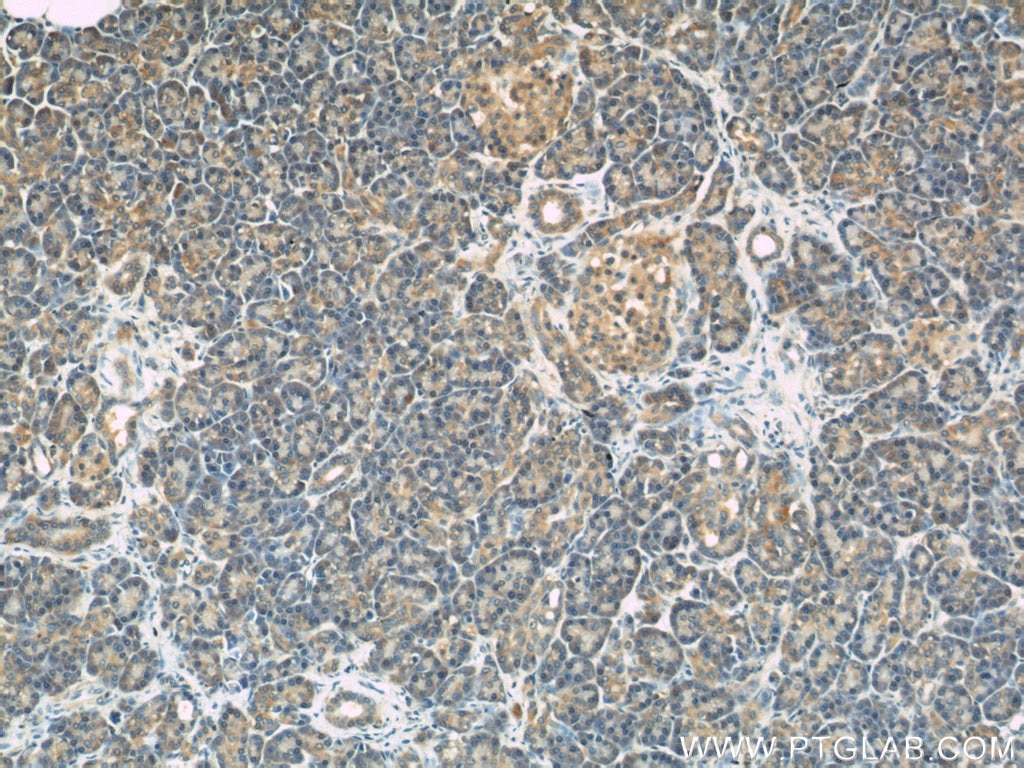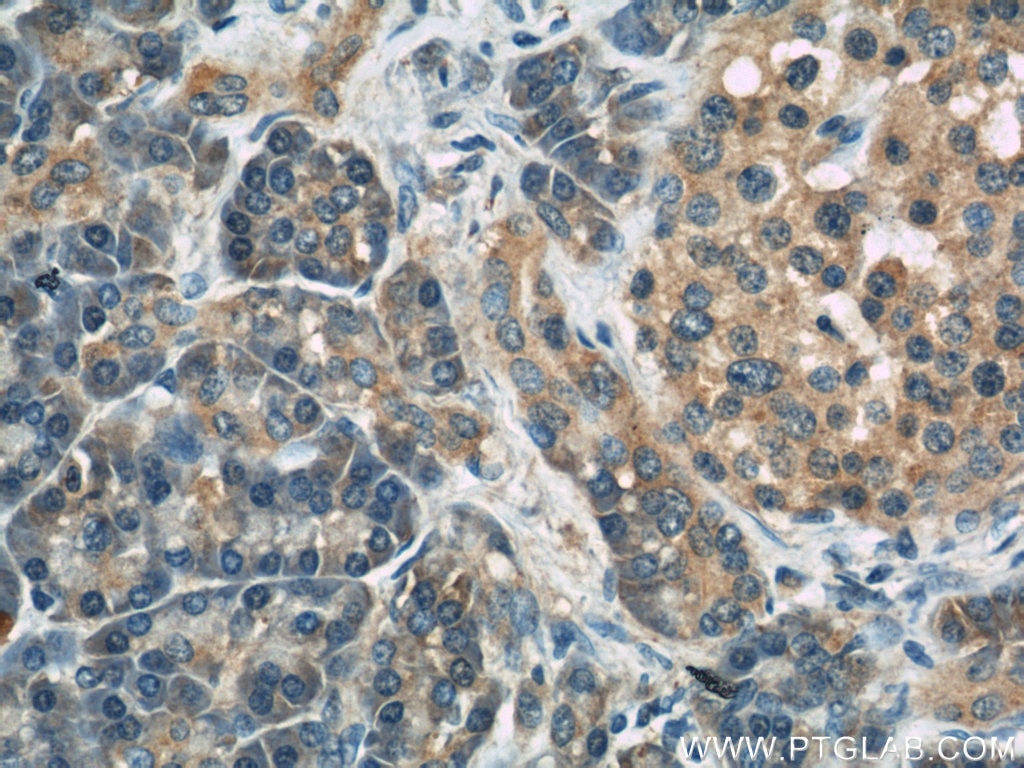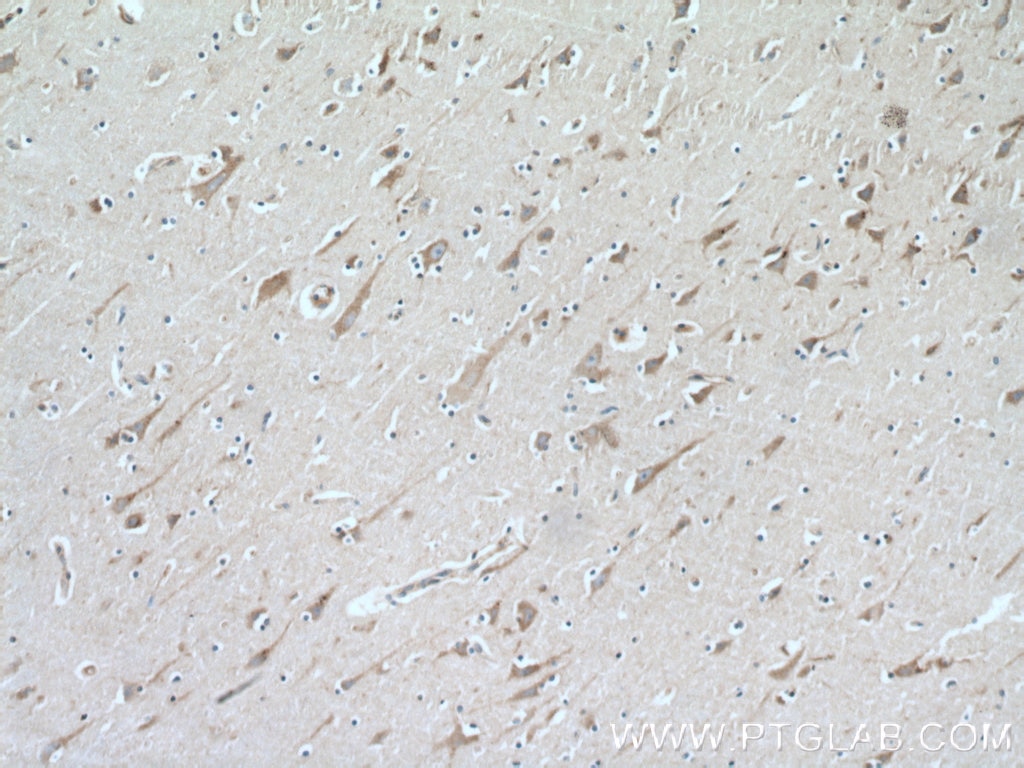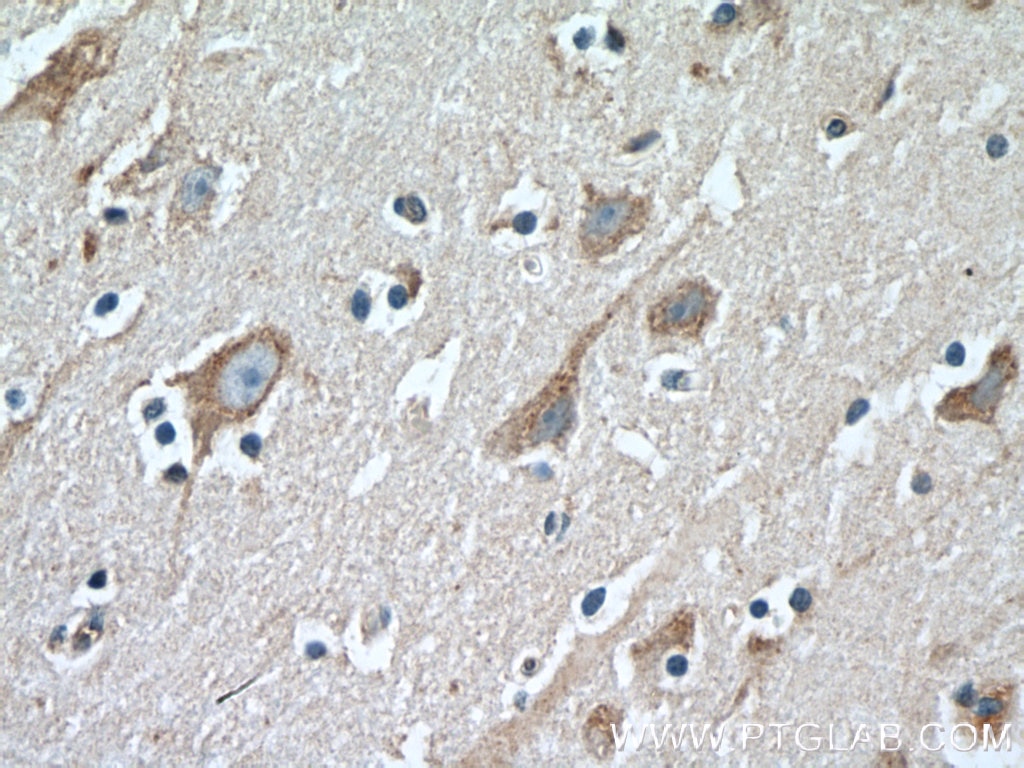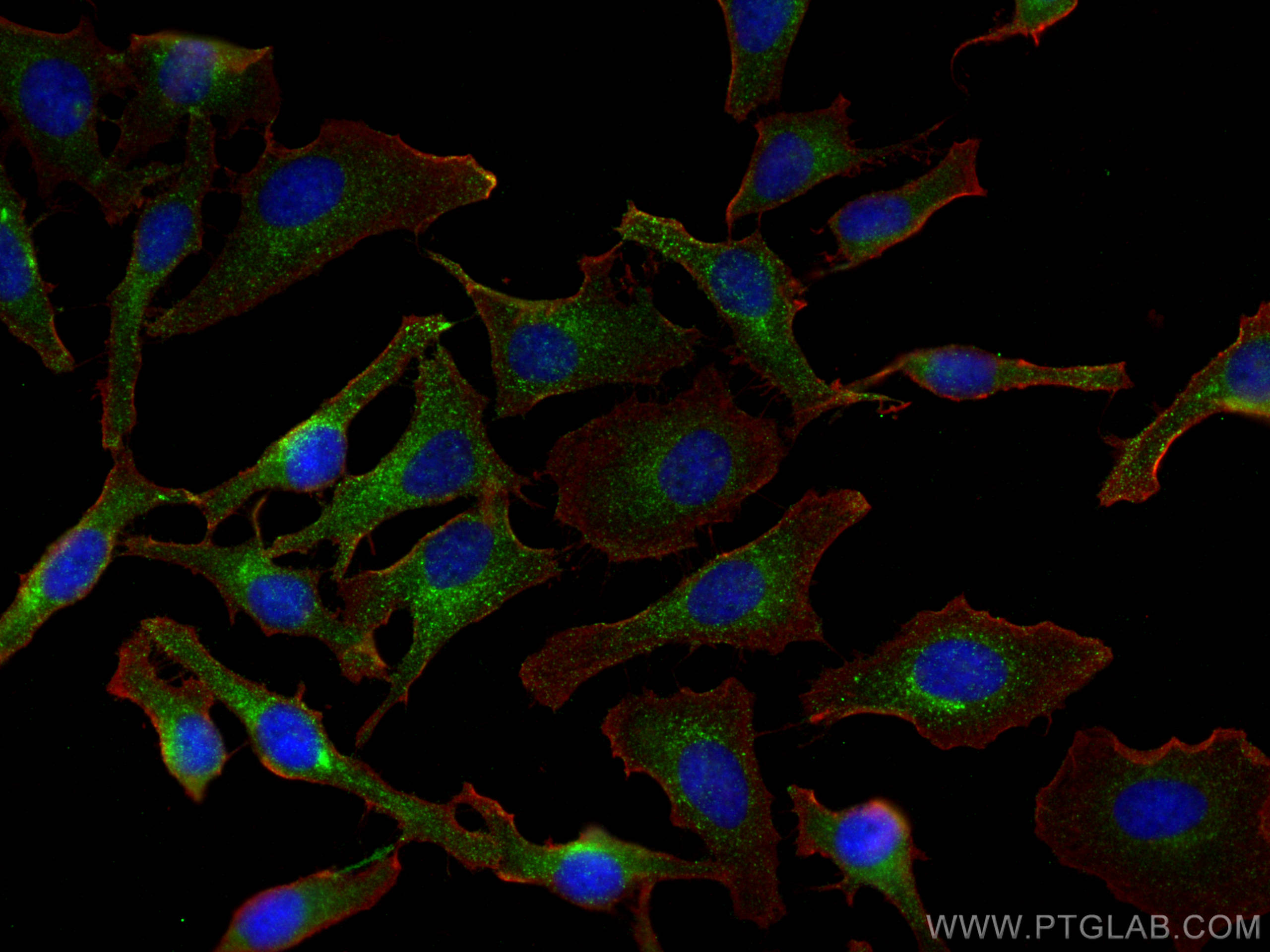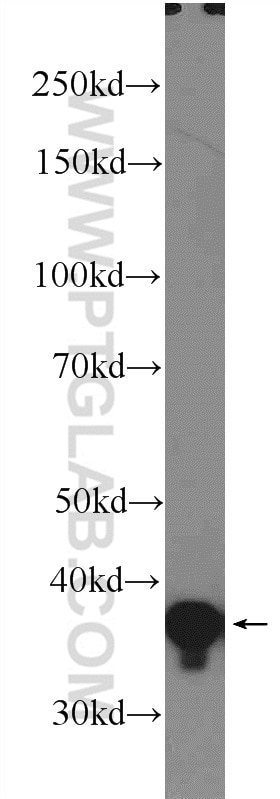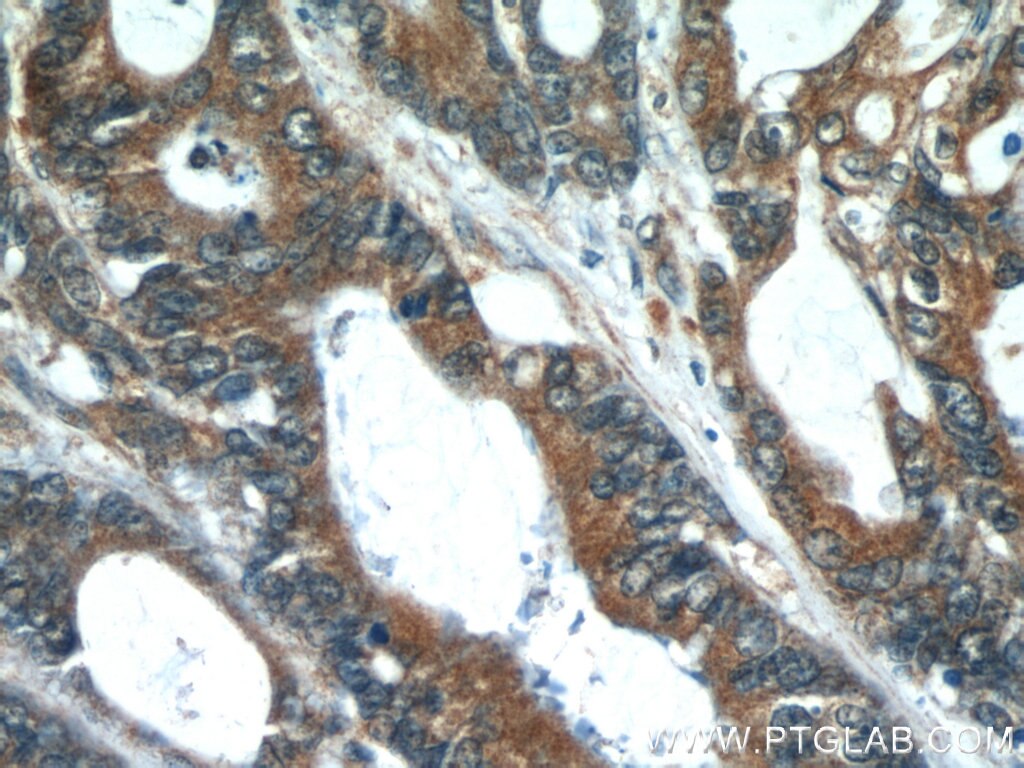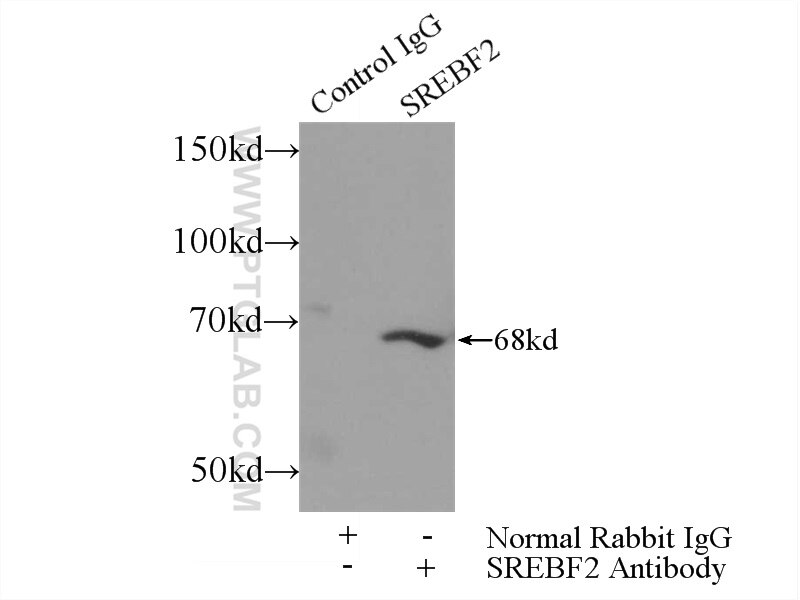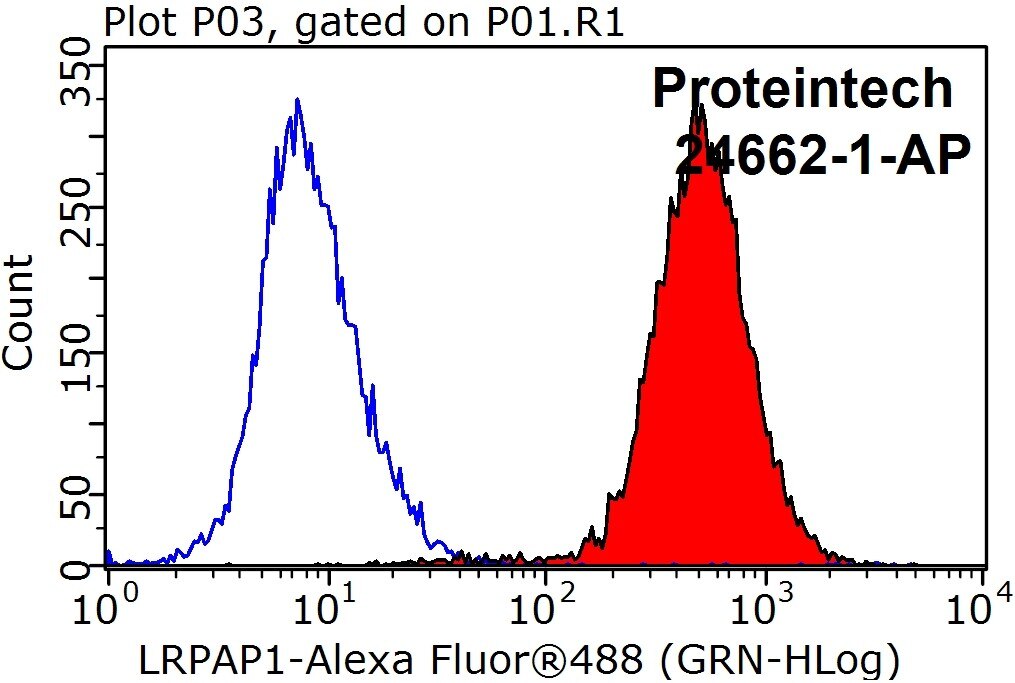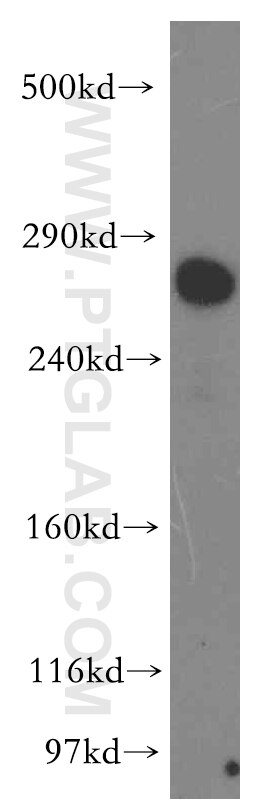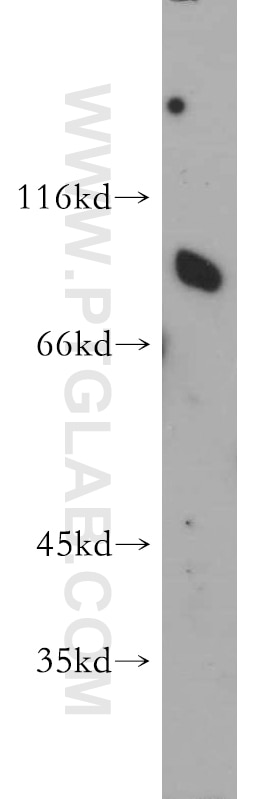- Featured Product
- KD/KO Validated
LDLR Polyklonaler Antikörper
LDLR Polyklonal Antikörper für WB, IHC, IF/ICC, IP, ELISA
Wirt / Isotyp
Kaninchen / IgG
Getestete Reaktivität
human, Maus und mehr (4)
Anwendung
WB, IHC, IF/ICC, IP, ELISA
Konjugation
Unkonjugiert
Kat-Nr. : 10785-1-AP
Synonyme
Galerie der Validierungsdaten
Geprüfte Anwendungen
| Erfolgreiche Detektion in WB | HeLa-Zellen, HL-60-Zellen, humanes Hirngewebe, Jurkat-Zellen, Maushirngewebe, Raji-Zellen |
| Erfolgreiche IP | HeLa-Zellen |
| Erfolgreiche Detektion in IHC | Maushirngewebe, humanes Hirngewebe, humanes Kolonkarzinomgewebe, humanes Pankreasgewebe, Mauslebergewebe Hinweis: Antigendemaskierung mit TE-Puffer pH 9,0 empfohlen. (*) Wahlweise kann die Antigendemaskierung auch mit Citratpuffer pH 6,0 erfolgen. |
| Erfolgreiche Detektion in IF/ICC | HeLa-Zellen |
Empfohlene Verdünnung
| Anwendung | Verdünnung |
|---|---|
| Western Blot (WB) | WB : 1:1000-1:4000 |
| Immunpräzipitation (IP) | IP : 0.5-4.0 ug for 1.0-3.0 mg of total protein lysate |
| Immunhistochemie (IHC) | IHC : 1:500-1:2000 |
| Immunfluoreszenz (IF)/ICC | IF/ICC : 1:50-1:500 |
| It is recommended that this reagent should be titrated in each testing system to obtain optimal results. | |
| Sample-dependent, check data in validation data gallery | |
Veröffentlichte Anwendungen
| KD/KO | See 10 publications below |
| WB | See 92 publications below |
| IHC | See 3 publications below |
| IF | See 9 publications below |
| IP | See 3 publications below |
| FC | See 1 publications below |
Produktinformation
10785-1-AP bindet in WB, IHC, IF/ICC, IP, ELISA LDLR und zeigt Reaktivität mit human, Maus
| Getestete Reaktivität | human, Maus |
| In Publikationen genannte Reaktivität | human, hamster, Hausschwein, Huhn, Maus, Ratte |
| Wirt / Isotyp | Kaninchen / IgG |
| Klonalität | Polyklonal |
| Typ | Antikörper |
| Immunogen | LDLR fusion protein Ag1236 |
| Vollständiger Name | low density lipoprotein receptor |
| Berechnetes Molekulargewicht | 95 kDa |
| Beobachtetes Molekulargewicht | 100-160 kDa |
| GenBank-Zugangsnummer | BC014514 |
| Gene symbol | LDLR |
| Gene ID (NCBI) | 3949 |
| Konjugation | Unkonjugiert |
| Form | Liquid |
| Reinigungsmethode | Antigen-Affinitätsreinigung |
| Lagerungspuffer | PBS mit 0.02% Natriumazid und 50% Glycerin pH 7.3. |
| Lagerungsbedingungen | Bei -20°C lagern. Nach dem Versand ein Jahr lang stabil Aliquotieren ist bei -20oC Lagerung nicht notwendig. 20ul Größen enthalten 0,1% BSA. |
Hintergrundinformationen
LDLR (low density lipoprotein receptor) is a member of the LDL receptor gene family and is involved in receptor-mediated endocytosis of specific ligands. The LDLR is a cell surface glycoprotein that scavenges LDL from the blood and regulates plasma LDL cholesterol. The cytoplasmic domain of the LDL receptor is necessary for the receptor to cluster in coated pits, which promotes the rapid endocytosis of bound LDL. The protein is highly glycosylated through N- and O-linkages and thus migrates at 100 to 160 kDa bands on SDS-PAGE.
Protokolle
| Produktspezifische Protokolle | |
|---|---|
| WB protocol for LDLR antibody 10785-1-AP | Protokoll herunterladen |
| IHC protocol for LDLR antibody 10785-1-AP | Protokoll herunterladen |
| IF protocol for LDLR antibody 10785-1-AP | Protokoll herunterladen |
| IP protocol for LDLR antibody 10785-1-AP | Protokoll herunterladen |
| Standard-Protokolle | |
|---|---|
| Klicken Sie hier, um unsere Standardprotokolle anzuzeigen |
Publikationen
| Species | Application | Title |
|---|---|---|
Cell Metab Elevation of JAML Promotes Diabetic Kidney Disease by Modulating Podocyte Lipid Metabolism. | ||
Cell Metab Identification and evaluation of a lipid-lowering small compound in preclinical models and in a Phase I trial. | ||
Sci Transl Med Single-cell atlas of human infrapatellar fat pad and synovium implicates APOE signaling in osteoarthritis pathology | ||
J Clin Invest Acetaldehyde dehydrogenase 2 interactions with LDLR and AMPK regulate foam cell formation.
| ||
Nat Commun A genome-wide CRISPR screen identifies host factors that regulate SARS-CoV-2 entry. | ||
Adv Healthc Mater Engineered Red Blood Cell Membrane-Coating Salidroside/Indocyanine Green Nanovesicles for High-Efficiency Hypoxic Targeting Phototherapy of Triple-Negative Breast Cancer. |
